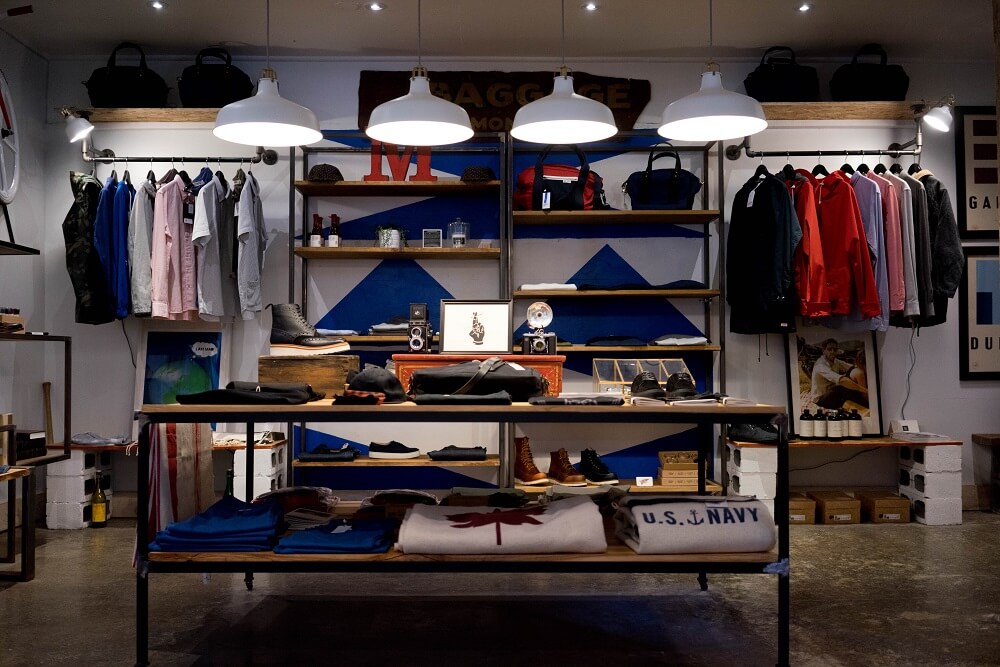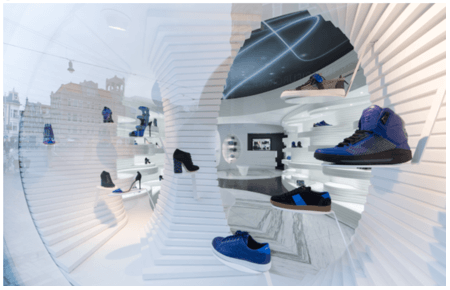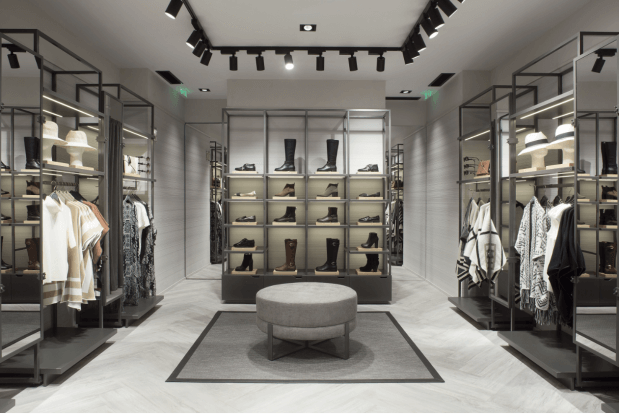
Protecting your shop interior: what are the options?
An original look can be a great selling point for your store as well as an easy way for customers to recognize your brand without even looking at the name. Yet how do you keep copycats from running away with your concept? This article explores a couple of options.
Many may remember how some years ago Apple successfully trademarked its iconic store design in several countries. But this wasn’t without a few bumps in the road – including a reference to the European Court of Justice – and still Apple’s trademark for the shop interior was refused in several countries. So what are the other options for protecting the interior design of your store?
Copyright
A recent Dutch case about the design of a shoe store shows that copyright may be the way to go.

The Dutch high-end retailer Shoebaloo prides itself on showcasing its collection in unique stores with a signature look and feel. For two of its stores the company’s architect’s firm designed a wall layout inspired by the American Antelope Canyons, consisting of layered waves with integrated displays made out of translucent material and an elliptical cut-out at the front of the store (see photo).
Shoebaloo wasn’t too pleased when, shortly after the stores’ launch, the Belgian company Invert opened a shoe store in Antwerp with a similar interior design. The case was brought before the District Court The Hague, which concluded that in light of the design heritage, the particular combination of features incorporated in the Shoebaloo store design merits copyright protection. In addition, because Invert’s store contained the same combination of characteristic elements, the court furthermore held that – despite a few differences – copyright had been infringed.
Interestingly, this case not only shows that copyright can be an excellent option for protecting your store design; it also confirms copyright’s pan-European effect. Although Invert’s store was located in Belgium and therefore Belgian law applied, the Dutch Court decided the case entirely on the basis of EU law and gave an injunction with cross-border effect. In doing so, the Court confirmed that both the concept of protection under copyright law as well as the concept of infringement has been harmonized on an EU level.
Registered design rights
Another option is to file the store design as a registered design right. This strategy was adopted by Parfois when it filed various views of its stores as a Community design right (“RCD“).

At the EUIPO Board of Appeal, Parfois’s RCDs survived invalidity attacks based on earlier store designs of Bottega Venetta, Mulberry, Zara and Uterque. The EUIPO considered the Parfois designs to be both novel and to have individual character.
However, it may be more difficult to enforce an RCD where it is registered as a photo. The EUIPO’s Parfois decisions show that overall impression can be influenced by a great variety of aspects, such as the colour scheme, specific furniture arrangement, the specific clothing on display, and even the lighting. Although this makes it easier to distinguish a design from what was known before, it may be quite difficult to establish similarity and thus infringement in the case of an alleged copycat.
Which option to choose?
In summary, there are several options for protecting your shop interior and each have their own pros and cons:
- Trademarks offer a strong and in principle endless protection, but it will be difficult to obtain an EU trademark for a store design that does not significantly differ from what is out there in the market.
- Copyright has the benefit that it is automatic and no registration is required, although it will of course be crucial to properly document your design process and to ensure that copyright is transferred or licensed to the right party. If you can find a connection with the Netherlands, then you may even get a pan-European injunction based on copyright.
- RCD protection will generally only be available if you file the design application before the store design has become public. While you will thus have to look carefully in advance at what you want to protect and how, an EU-wide registered right can have benefits when contacting infringers.








